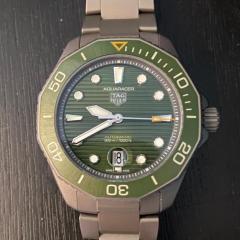Is it possible to modify a balance assembly?
-
Recently Browsing
- No registered users viewing this page.
-
Topics
-
Posts
-
By Sebastiaan · Posted
Thank you for the reading material -
By watchweasol · Posted
Hi one assumes by the addition of the pictures you have the technical sheet for this watch. As mentioned by @HectorLooi center wheel canon pinion .take it down again and install only the parts required to set the hacking and turn the hands checking at each stage for correct operation. -
By watchweasol · Posted
Hi if it is a Swiss made watch badged by ingersoll (eubauches) ther is likely a makers mark and number under the balance that may help . If you open it up and post a picture of the movement plus Any numbers. -
picky picky…You’re looking for an item that people perceive to have value. Good luck hunting…
-



Recommended Posts